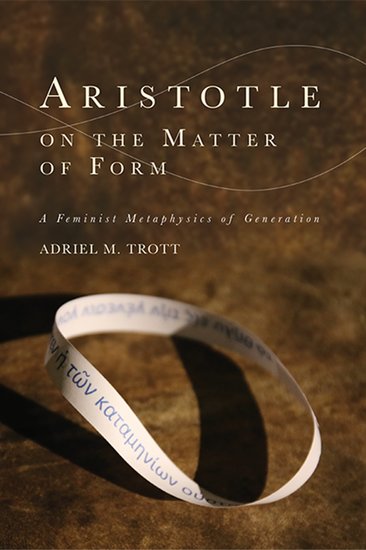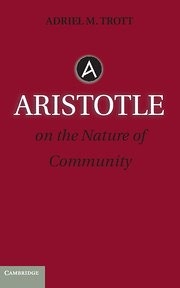Since I moved to Indiana, I have been blogging about various adventures in exploring Indiana, often at the instigation of my friend Nazareth Pantaloni who lives in Bloomington. Last spring, we visited Naz in Bloomington the same weekend that the film about Joseph Mallard William Turner’s life, Mr. Turner, was playing in IU’s Art and a Movie Film series. Turner lived from 1775-1851, and, as that NYT piece linked above says, his life was a piece of work just as much as his art was. So this weekend, Naz joined us (and our very dear friend Leigh Johnson) for a visit to the IMA to see the exhibit of drawings by Turner. There are two large oil paintings on display in the general collections of the museum, including this one, The Fifth Plague of Egypt, which Turner painted in 1799.
The drawings show a different side to Turner. They are largely architectural, and not nearly so full of Sturm und Drang. They often highlight the everyday life and work at the foot of impressive architectural edifices, like this one below of Ripon: Looking along the Kirkgate toward the Cathedral from 1797 (Turner was 23!). The exhibit is in a room is up the stairs from the Clowes Courtyard. Unlike much of the museum, which feels very much like a museum, this room appropriately feels like you are walking through someone’s living room. I admit I was a little confused about why some pieces that were not Turner’s were included – I expect it was to show influence and connections, but there was no explanation. The exhibit is up until August 28.
I moved to Indianapolis just a couple months ago, but I already thought I knew the city. I have visited the Indianapolis Museum of Art plenty (I blogged about the Georgia O’Keefe exhibit here). But not until this weekend did I venture beyond the main building to the house and gardens that make up the estate behind it–Oldfields. This is the home of J.K. Lilly, Jr., the businessman and philanthropist who now seems to fund most of Indiana nonprofit work. As followers of this blog know from this series, I bought a home not too long ago. In the Exploring Indiana series, I have blogged about visits to three historic homes in Indiana–the Miller home in Columbus, the Eugene Debs house in Terre Haute, and the Steele estate in Brown County. But it struck me at the Lilly house this weekend that if interior design is aspirational, as Francesca Tronchin has argued and as I consider here, then the very function of all these homes set aside for our viewing pleasure is to produce the sense that homes show who you are, who you see yourself to be and who you want others to think you are. Even these people were doing aspirational interior design. Look at this library, what does this say about me? Look at this china set, look at this kitchen, it even has a separate dish-washing kitchen. The website explains, “Lilly House is a historic house museum and has been restored to its 1930s splendor. ”

Of course there is an historical element–this is how people lived, which is why I like to see the kitchens and the dumb waiters and learning whether the elevator was a new addition or part of the house when it was built (it was part of the house when it was built). But if it were only that, we would be as interested in preserving and visiting the average person’s home – the Debs house pretty much is the average person’s home and so many fewer people visit it. Or we would be talking more specifically about the historical significance of the home. But what we are talking about is silver collections. The top floor of the Lilly House is an exhibit of the silver. The website discusses the history in terms of the history of improvements that have been made to the house. It isn’t just that this house communicates that this is what it means to make it. To have a silver urn of this sort. To have this old car. To have the ability to donate this 100-acre estate to set up an art museum. But rather, that these people were showing who they had become and how they wanted to be seen by their extensive china collection. Don’t get me wrong, it’s captivating. I envied the library. The gardens are very nice. The orchids on display in the greenhouse are amazing in the I-can’t-believe-this-exists-in-nature kind of way. But it’s unmistakeable that these homes and gardens construct our desire and our feelings about needing to be better consumers in order to be better at communicating who we are to the world in the guise of interior design.







 e 40 and route 41 cross here (Indianapolis also calls itself the crossroads of America so I guess it depends what roads you take which city you’ll consider the one where they cross).
e 40 and route 41 cross here (Indianapolis also calls itself the crossroads of America so I guess it depends what roads you take which city you’ll consider the one where they cross). 




